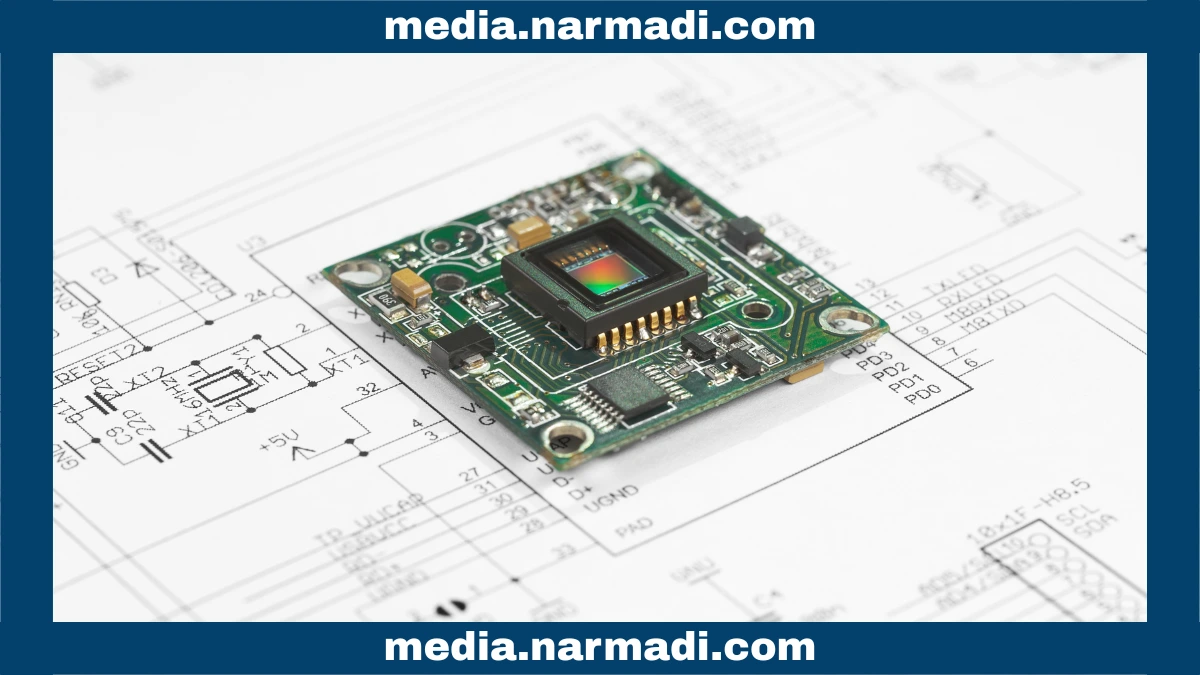Smart devices cannot function without the supporting technology behind them. In magic remotes, the supporting technology is sensors. This technology enables the remote to function like a mouse on a computer, allowing it to control other smart devices, such as soundbars or decoders.
The sensor ecosystem of Magic Remotes typically consists of a gyroscope, accelerometer, and infrared (IR) sensor. By understanding the sophistication behind this device, it is possible to innovate and develop this technology.
This article provides information on the sensor ecosystem of Magic Remotes, beginning with the gyroscope, accelerometer, and IR sensor. Let's discuss it together.
Sensor Ecosystem of Magic Remotes

In the sensor ecosystem of magic remotes, gyroscopes and accelerometers provide precise movement for the cursor on the screen. Meanwhile, infrared (IR) sensors enable control of other smart devices. Here is a more detailed explanation:
Gyroscope
A gyroscope is a sensor that detects the orientation and rotational movement of a device, enabling responsive navigation and control. This allows motion control for pointing and clicking, similar to using a mouse on a TV screen.
The primary function of the gyroscope in the Magic Remote sensor ecosystem is to provide intuitive control, 3D navigation, and an immersive experience. This sensor even provides remote movement stability for the remote.
This capability is inseparable from how it measures the angular velocity of the remote. Its speed refers to three axes, namely pitch, yaw, and roll. Hand movements are translated into smooth, real-time cursor movements on the screen.
Accelerometer

The accelerometer is a sensor that supports the gyroscope and is a key component in the Magic Remote sensor ecosystem. It enables intuitive interaction with the TV.
The primary functions of the accelerometer are cursor navigation, motion detection, and orientation detection. When combined with a gyroscope that measures angular velocity or rotation, it provides more precise and smoother movements.
This capability is tied to how it measures linear acceleration and gravitational force on the remote. The sensor detects even the slightest movement changes, including sudden shakes. It helps determine the tilt and overall linear position of the remote relative to the ground.
Infrared

Infrared is a sensor that emits invisible light, allowing it to control other electronic devices. This technology allows the remote to be used not only on TVs, but also on devices such as Blu-ray players, soundbars, or even air conditioners.
The function of IR in the magic remote sensor ecosystem is as a line-of-sight, digital code transmitter, and support for modern wireless connections. Its capabilities are inseparable from how it works by emitting light and universal codes. These codes can be captured by various devices that also use IR technology.
That is an explanation of the gyroscope, accelerometer, and IR that comprise the sensor ecosystem of Magic Remotes. Modern technology now allows their functions to be hybrid. Each sensor will turn on as needed. Gyroscopes and accelerometers are often combined to provide a smooth and accurate user experience.
Meanwhile, the infrared sensor will automatically turn on when used to control other devices. Modern remotes also often feature voice commands that enable motion control. You already have all these capabilities in the top 5 magic remotes in the world.
Understanding the sensor ecosystem of magic remotes is expected to help you know the components inside that support their responsiveness and intuitiveness. With that, there may be innovations in supporting the broader development of magic remotes.